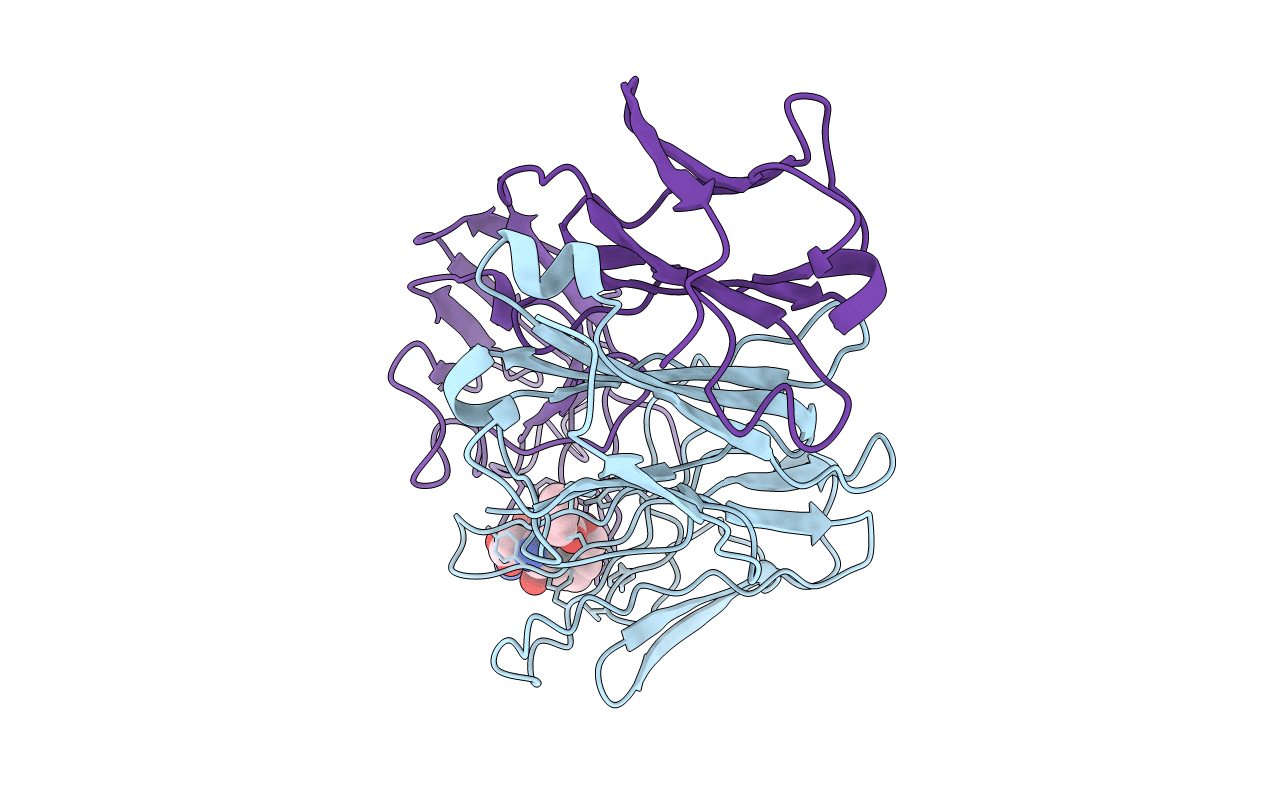
Deposition Date
1998-03-26
Release Date
1998-06-17
Last Version Date
2024-10-09
Entry Detail
PDB ID:
1A8J
Keywords:
Title:
IMMUNOGLOBULIN LAMBDA LIGHT CHAIN DIMER (MCG) COMPLEX WITH ASPARTAME
Biological Source:
Source Organism:
Homo sapiens (Taxon ID: 9606)
Method Details:
Experimental Method:
Resolution:
2.70 Å
R-Value Free:
0.38
R-Value Work:
0.22
R-Value Observed:
0.22
Space Group:
P 31 2 1


